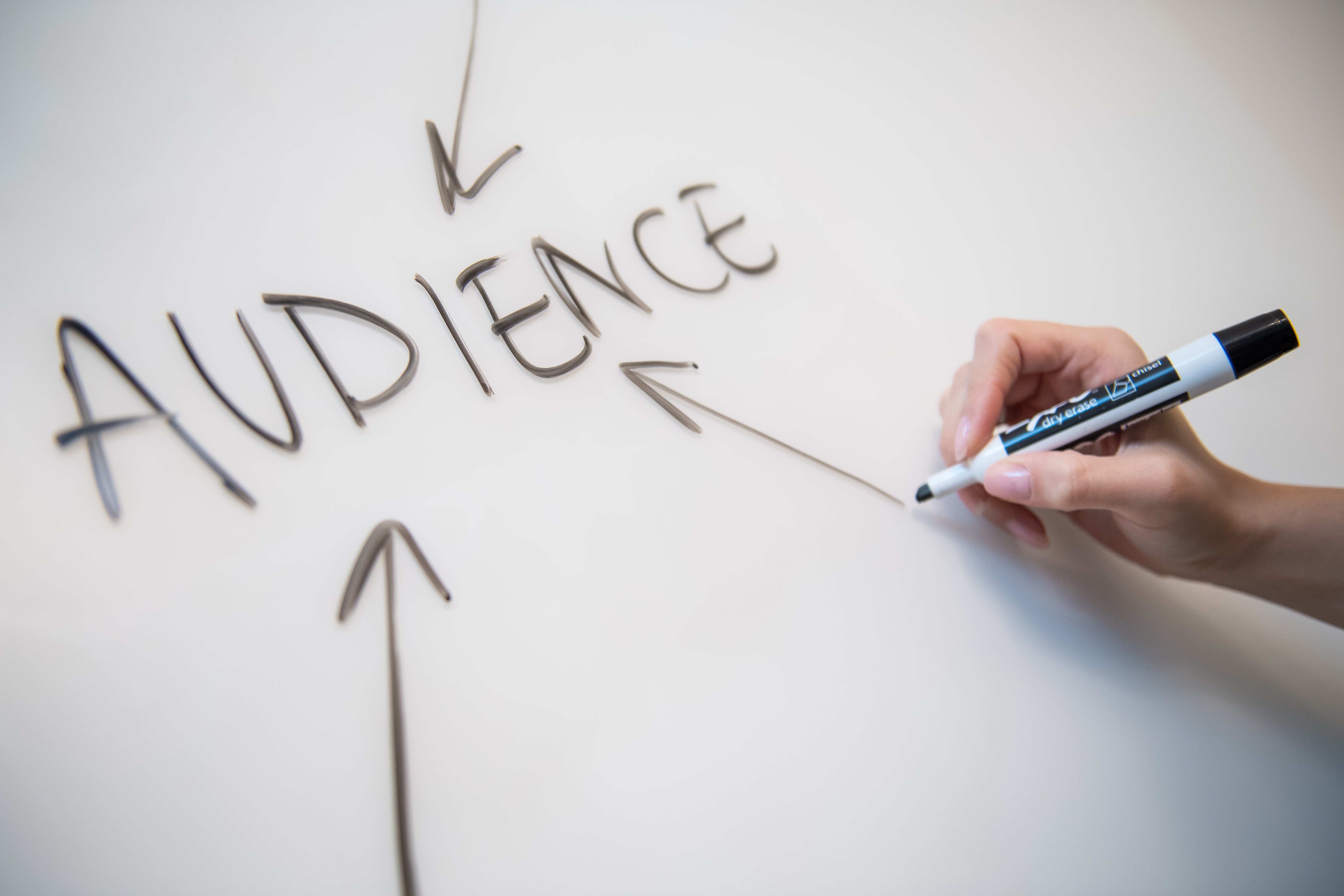4 Ways to Complete the Buyer’s Journey (The Decision Stage)
The buyer's journey is a process in which people become aware of a problem or need in their lives, and come to the conclusion that they need a product or service. By understanding this process we are better able to craft our marketing efforts. The decision stage is the final step in that journey, after becoming aware of a problem in the awareness stage, and research in the consideration stage, prospects are finally ready to make their purchase decision. It is without saying that this is an extremely important stage in the buyer's journey, with the wrong type of content, you can push away contacts who were going to choose your product.
The good news about the decision stage is that the goal is open and shut: close the sale. Unlike the two preceding stages, this stage really hones in on the purpose of the marketing efforts. A successful decision stage relies heavily on the efforts and successes of the consideration and awareness stages to prime the lead towards a purchasing decision. So, do not rely solely on good decision stage marketing to make your sale. With that being said, even with good awareness and consideration stage marketing, the decision stage content is what is going to push the lead towards a sale.
Highlight the Solution
Think back to the awareness stage. You created content to help leads recognize a problem in their life. The decision stage is about selling the solution, so you want to emphasize how your product or service will fix that problem. Remind them of their problem, and how their life could be improved if they addressed it with the solution you are putting forth with your product.
Content should be concise and to the point. At this point leads have several different products and brands that they are considering. They will not give you lots of their time to pitch to them why they should buy your specific product. Instead, keep it concise and keep to your main message. That is what will keep your leads engaged with your content even at this end stage of the buyer's journey.
Some practical ways to highlight the solution:
Emphasize it in subject lines: With an inbound marketing strategy, you should be segmenting email contacts by their stages in the buyer’s journey as well as their buyer persona. This will make it easy to send some decision stage content through email marketing. Again, this should be short and concise, so a to-the-point email should serve fine. The subject line should basically sum up everything that you want to say in your email. This will be somewhat difficult because it is a very limited number of characters. But it works well because leads do not need to even open your email to get your decision stage message. Whether they are conscious of this or not, your decision stage messages will be in their minds as they make that final purchase decision.
Summarize Content for Consideration Stage: Send your decision stage contacts summaries of your consideration stage content. This will outline the solution and remind them of the problem that they are trying to solve through a purchase decision.
Strong, to the point CTA’s: At this point, CTAs should be direct and telling leads to buy. Unlike the awareness stage, leads do not need to “learn more,” they need to make a decision. Creating a sense of urgency at this point of the buyer's journey can make or break your sale. If you have decided to provide some sort of special offer or discount on your product, that is an excellent way to add urgency.
Relieve Any Doubt: The only t hing that may be holding a lead back in the decision stage is doubt. Doubt that your product is for them and their problem. A way that you can help relieve that doubt so your leads can take that leap of faith is by offering either a free trial or a money back guarantee. When leads see that you are offering them either of these options, they feel less pressure on making a decision and can choose your product with ease of mind.
hing that may be holding a lead back in the decision stage is doubt. Doubt that your product is for them and their problem. A way that you can help relieve that doubt so your leads can take that leap of faith is by offering either a free trial or a money back guarantee. When leads see that you are offering them either of these options, they feel less pressure on making a decision and can choose your product with ease of mind.
Once you have decided if either of those options work for your company and product, make sure you market and advertise it heavily during the decision stage. You can even use this in your subject lines of your decision stage emails to break up any repetitive information you are sending out. Make sure you work out the fine details of both money back guarantees and free trials. Then, be sure to include the information on an accessible part of your website. Some precautions to take are charging after a trial and having a clear policy with the money back guarantee, such as a 30 day time limit.
The decision stage is a very important stage, at this point in the buyer's journey all you can do is emphasize and urge leads to buy. Most of the work of marketing is already done in the decision and awareness stages. With that being said, you still want to emphasize and drive home all of the important information to influence leads to make a decision. When you add a sense of urgency on top of that, with a “fail-safe” such as a money-back guarantee, leads will take that leap of faith!
Share this
You May Also Like
These Related Stories

Essential Decision Stage Tools of the Multicultural Marketing Funnel

How to Create Engaging and Delightful Content for the Consideration Stage


